Diverse Application Areas
The versatility of push button dispensers is a significant factor contributing to the growth of the Push Button Dispenser Market. These dispensers find applications in various sectors, including healthcare, hospitality, and retail, where they serve different purposes such as dispensing soaps, lotions, and food condiments. The expansion of the food service industry, particularly in fast-casual dining, is expected to drive demand for push button dispensers, with projections indicating a growth rate of around 10% annually in this segment. This adaptability across multiple industries enhances the market's resilience and potential for expansion.
Sustainability Initiatives
Sustainability initiatives are becoming a pivotal driver in the Push Button Dispenser Market. Manufacturers are increasingly focusing on eco-friendly materials and designs that minimize environmental impact. The shift towards sustainable practices is not only a response to consumer demand but also aligns with regulatory pressures aimed at reducing plastic waste. Recent studies suggest that products designed with sustainability in mind can enhance brand loyalty and market competitiveness. As a result, the Push Button Dispenser Market is likely to see a rise in products that utilize biodegradable materials and refillable systems, appealing to environmentally conscious consumers.
Technological Advancements
The Push Button Dispenser Market is experiencing a surge in technological advancements that enhance user experience and operational efficiency. Innovations such as smart dispensers equipped with IoT capabilities allow for real-time monitoring and data collection, which can lead to improved inventory management. According to recent data, the integration of advanced sensors and touchless technology is projected to increase market demand by approximately 15% over the next five years. These advancements not only streamline operations but also cater to the growing consumer preference for convenience and hygiene, thereby driving the Push Button Dispenser Market forward.
Consumer Preference for Convenience
Consumer preference for convenience is a driving force in the Push Button Dispenser Market. As lifestyles become increasingly fast-paced, the demand for easy-to-use dispensing solutions is on the rise. Push button dispensers offer a user-friendly experience that aligns with modern consumer expectations for efficiency and accessibility. Market Research Future indicates that products that simplify the dispensing process are likely to see a significant uptick in sales, with estimates suggesting a 20% increase in demand over the next few years. This trend underscores the importance of convenience in shaping consumer choices within the Push Button Dispenser Market.
Rising Demand for Hygiene Solutions
In the current landscape, the Push Button Dispenser Market is witnessing a heightened demand for hygiene solutions across various sectors, including healthcare, food service, and public facilities. The emphasis on cleanliness and sanitation has led to an increased adoption of push button dispensers that provide controlled dispensing of soaps, sanitizers, and other liquids. Market analysis indicates that the hygiene segment is expected to account for over 40% of the total market share by 2026. This trend reflects a broader societal shift towards health-conscious practices, further propelling the growth of the Push Button Dispenser Market.


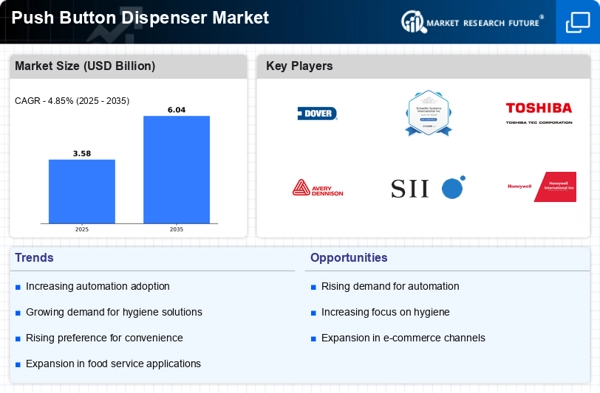
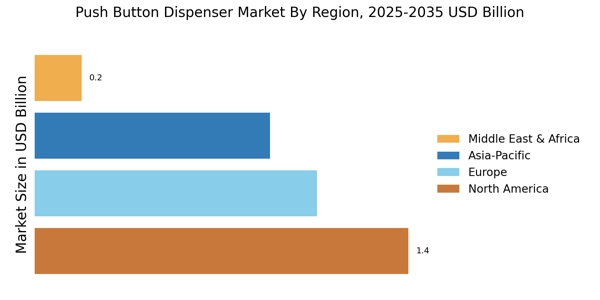
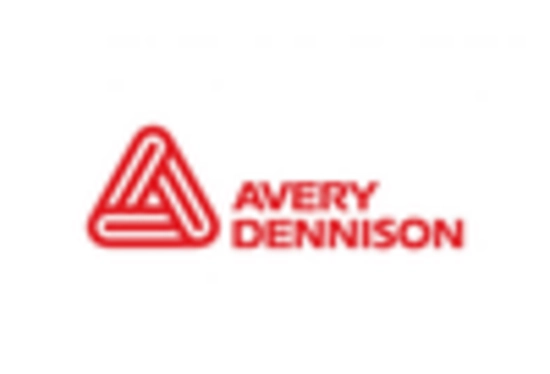
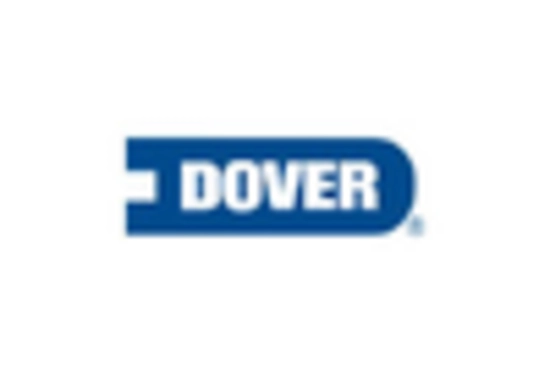

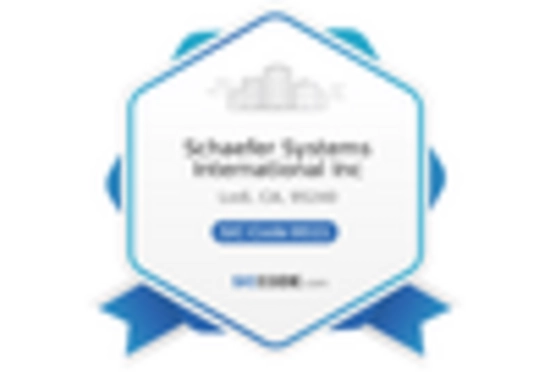
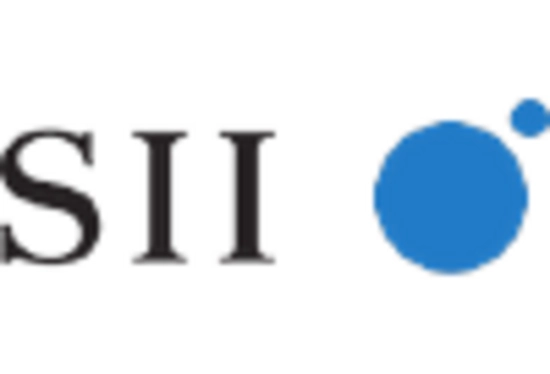
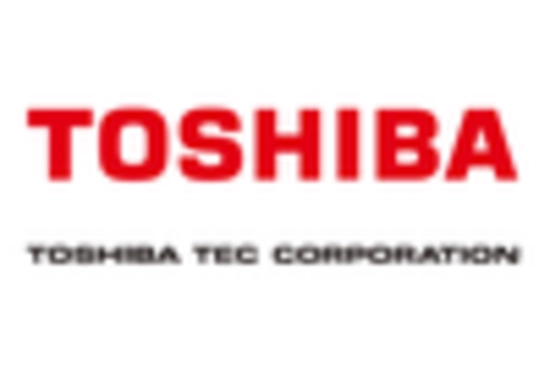








Leave a Comment